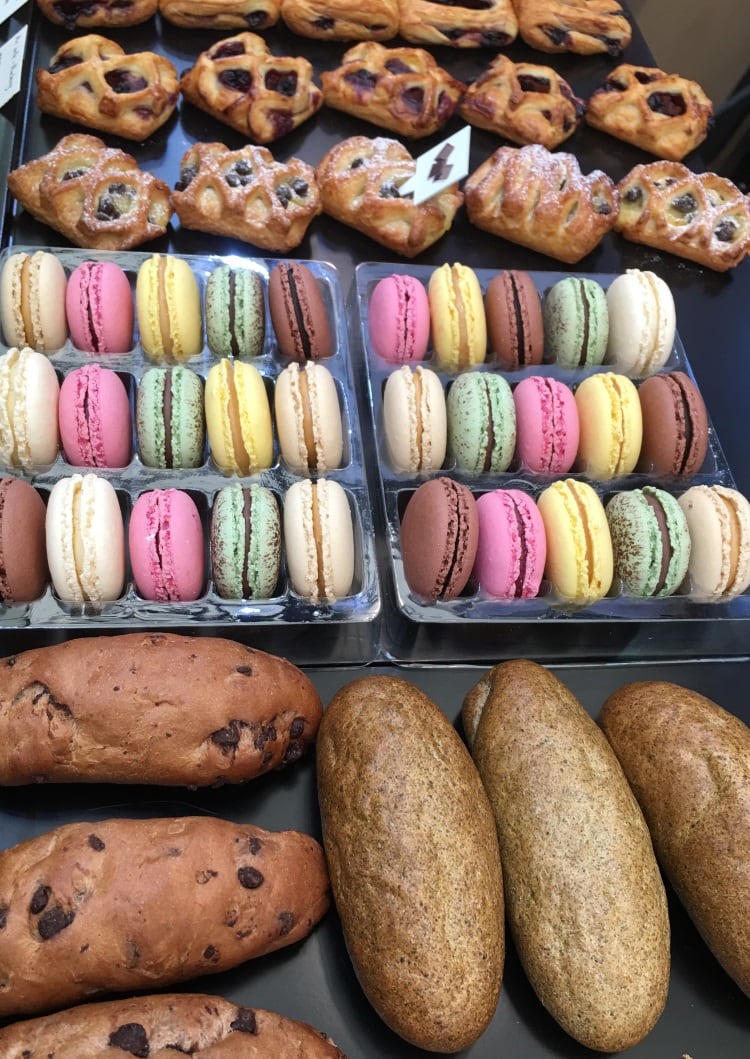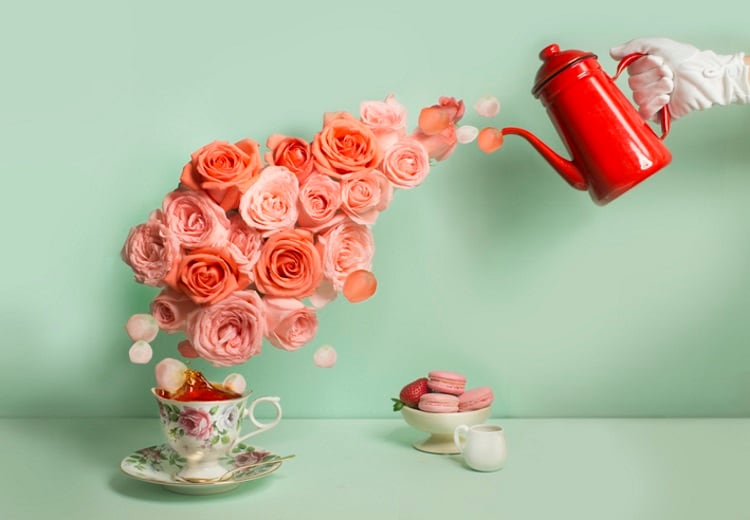According to the Shanghai-based consultancy firm, as the average Chinese income per capita rises – from $4,560 to over $8,000 between 2010 and 2015, based on World Bank figures – so the demand for Western-style goods is intensifying, especially among millennials.
In particular, small baked goods like macarons are considered a luxury product and are widely in demand.
In his report ‘Battle of the Bakeries: How the macaron brands in China’ reach the customer, Matthieu David said Daxue found search ratings for ‘macarons’ on Taobao and Tmall’s indexes reached the coveted number one ranking in the dessert category in 2017.
However, the total sales of macarons on the two Chinese online shopping websites only ranked ninth in the dessert category in May of that year – approximately ¥3bn ($434m) – which means the future holds massive potential for macaron brands in China.
High-end
The high-end macaron market is dominated by foreign brands, like Angelina, Pierre Marcolini and Jean-Paul Hévin Chocolatier, which sells their offerings from wholly owned stores in Beijing and Shanghai.
The French influence

“Chinese consumers are one of the biggest tourist groups in France and when they go back home they want to try the same croissant they had in their restaurant or hotel,” Franck Brossette, marketing manager, APAC, Bridor, told BakeryandSnacks.
He noted that if a product only attracted 5% of China’s one billion inhabitants, it means a customer base of tens of millions of snackers.
Bakery manufacturing company Bridor – headquartered in Brittany, France – has been operating in the APAC regions for almost 20 years, and today has a team of almost 10 people based in Shanghai to cover the market.
Bridor de France’s core concept – laid down by Louis le Duff when the company was founded in 1988 – is to produce ‘artisanal products combined with industrial management,’ a model eagerly accepted by Chinese consumers.
While most foreign brands only operate a handful of stores around China, each is widely frequented by customers because they offer many unique experiences.
According to Dazhong Dianping, a leading food and restaurant recommendation app in China, local consumers enjoy frequenting high-end bakeries for afternoon tea, and macarons are a regular inclusion on menus from outlets like Pierre Marcolini and Salon de Thé de Joël Robuchon.
French culture has wide-ranging influence in China.
By utilizing classical French design in their stores, combined with spectacular looking products, premium Western brands successfully sell a variety of goods and services, said Dauxe.
Many consumers spend a long time in the store, not only to eat and socialize, but also to take photos of desserts with artistic appearances to increase their own status on social media.
Mid-level
Middle-end brands – like Comptoirs de France, Paris Baguette, Godiva and McCafé – occupy another part of the Chinese macaron market, especially in the Tier 1 and Tier 2 cities through franchising.
These outlets primarily depend on Chinese white-collar women who are looking for better quality foods.
As opposed to luxury brands, middle-end brands make themselves competitive by guaranteeing that the store is easily accessible, with a high quality-to-price ratio and standardized products across stores. For example, McCafé has more than 700 locations in China, versus Godiva and Paris Baguette’s number of locations in the low hundreds.
However, the way Chinese consumers are spending is rapidly changing: A slowing economy, the threat of a trade war with the US and evolving tastes mean it has become harder to predict what the world’s biggest middle class will put on its shopping list next.
Celebrity sell
Like their Hollywood counterparts, Chinese celebrities are big business, and Dauxe has found that macaron brands in China that enlist celebrities for marketing campaigns attract more attention.
For example, for Valentine’s Day in 2017, Berko – a small American-style French bakery specializing in cupcakes and cheesecakes – signed on Chinese beauty blogger Grace Chow to launch a pink macaron gift package called Berko X Grace Macaron.
At the time, Chow had 3.5 million followers on Weibo and was the girlfriend of Luo Zhixiang, a popular Taiwanese singer with 51 million Weibo followers.
Berko X Grace sold out in the first two days of launching, according to Chow’s Weibo post.
Happily forever after
Chinese ladies are also opting for Western style – or a Chinese/Western mix – of wedding over traditional ceremonies.
According to the 2017 Chinese Wedding Status Survey – conducted by Chinese matchmaking agency, Baihe – 63.8% of Chinese women would prefer to go the more non-conformist route.
Since becoming a symbol of premium Western desserts, macarons also play an important role in these ceremonies, and a macaron display table is usually placed centerstage, to provide not only sweet treats, but act as decoration, too.
Additionally, the sweet taste of macarons plays into some of the most central themes of Chinese ceremonies, conveying wishes of good fortune and appreciation, according to Dauxe Consulting.


